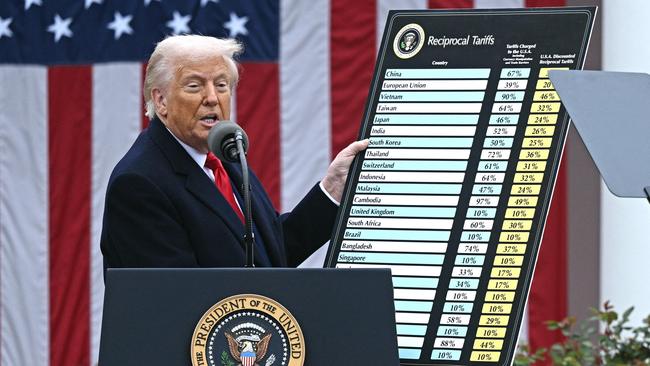Trump tariffs blocked by trade court: what you need to know
The US President’s Liberation Day tariffs may have suffered a setback with the Court of International Trade ruling, but there are bigger issues at play. Here’s what.
Much has been made of Donald Trump’s Liberation Day tariffs globally, but it could all be about to change. Here’s why.
Why did the court strike down some tariffs?
The US Court of International Trade ruled that President Trump didn’t have the authority to impose sweeping tariffs under the International Emergency Economic Powers Act of 1977, or IEEPA.
Is the ruling in effect?
On Thursday, a federal court temporarily stayed the Court of International Trade’s ruling while it considers the administration’s challenge to the lower-court decision.
What tariffs are covered by the ruling?
The ruling voids many of the Trump’s administration’s moves on trade.
That includes fentanyl-related tariffs on Canada, Mexico and China; baseline 10 per cent tariffs on most trading partners; and the higher “reciprocal” tariffs that are on hold while trade talks continue.

What tariffs aren’t affected?
Those that weren’t justified under IEEPA. For instance, levies on autos, steel and aluminium aren’t covered.
Will the White House contest the ruling?
Yes, lawyers for the Trump administration said they will appeal. Appeals from the trade court are heard by the US Court of Appeals for the Federal Circuit and ultimately the Supreme Court.
What happens next? Can Trump use other legal tools?
Yes. Tariffs on cars, steel and aluminium were justified based on national-security concerns under Section 232 of the Trade Expansion Act of 1962.
Similar duties are already planned for sectors like lumber and semiconductors.
The administration has contemplated using Section 301 of the Trade Act of 1974, which allows for tariffs that counter unfair foreign trade practices.
Trump invoked that provision to impose his first-term tariffs on China and it is considered to be on firmer legal footing than IEEPA.
What does this mean for global trade talks?
Resetting trading relationships with other countries could be more complicated. “We believe one reason bilateral negotiations had stalled was that U.S. trading partners may have anticipated this outcome,” wrote analysts including Aniket Shah at Jefferies.





To join the conversation, please log in. Don't have an account? Register
Join the conversation, you are commenting as Logout